Fall 2002 Volume II Number I
7
The button above, a gilted (gold plated) button from a 19th century Ordnance officers? uniform.
How do we know that? First, of all by knowing the context of where this button came from.This
button came from the Second Fort Crawford excavations. Knowing that the Army was stationed here, look at Army designs in books dealing with military insignia and military buttons.
To start researching, look at the design on the buttons.The cross cannons are usually a sign of the artillery division of the army, so we know to start looking there. However, the eagle on top of the
cross cannons is not common, and the ?O? around the outside face of the button indicates that the button is an Ordnance button. How do we know its an officers? button? Because it is gilted or gold plated.
How do we date the button?
The Ordnance Department was established in 1812. By 1815, the duties of the department was increased dramatically due to difficulties in supplying ordnance material during the War of 1812.With the reduction of the Army in 1821, this department was merged with the Artillery, although
it was recognized and preserved as a distinct entity. By 1832, the Ordnance Department was independent and fully restored to its earlier status.The earliest reference to buttons of the
Ordnance Department dates to 1816. The uniform of the Ordnance Department was to be the same as that of the artillery, except in buttons, ?which will have an appropriate device.? It is generally accepted that this refers to the ?eagle on crossed cannon? pattern especially since by 1836, the crossed cannons became the symbol of the Ordnance Department. Therefore, this button was issued
between 1816 and 1821. However, one must use caution when dealing with dates on military buttons - ?issued? dates and dates of actual use are usually very different. In the early 19th century, the military wanted to ?use up? excess stock before new was issued, so buttons were used sometimesmany years after their issue dates.
Historic Archaeological Resources:
Johnson, David F. 1948
Uniform Buttons,American Armed Forces 1784-1948.
Century House,Watkins Glen, New York.
Albert,Alphaeus H. 1969
Record of American Uniform and Historical Buttons.
Boyertown Publshing Company,
Boyertown, Pennsylvania.
Wyckoff, Martin A.1984
United States Military Buttons of the Land
Services 1787-1902.
McLean County Historical Society,
Bloomington, Illinois.
Non-military buttons may be dated also.
One reference to look at is:
Luscomb, Sally C. 1967
The Collector?s Encyclopedia of Buttons.
Crown Publishers, Inc. New York.
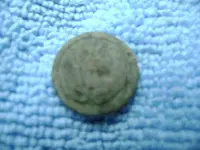 button find 010.webp26.2 KB · Views: 279
button find 010.webp26.2 KB · Views: 279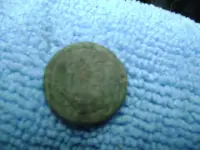 button find 013.webp28.6 KB · Views: 262
button find 013.webp28.6 KB · Views: 262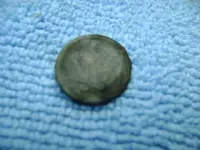 button find 017.webp27.8 KB · Views: 257
button find 017.webp27.8 KB · Views: 257 button find 019.webp22.5 KB · Views: 273
button find 019.webp22.5 KB · Views: 273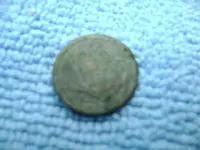 button find 023.webp22.3 KB · Views: 266
button find 023.webp22.3 KB · Views: 266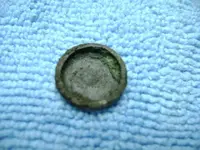 button find 024.webp38.3 KB · Views: 260
button find 024.webp38.3 KB · Views: 260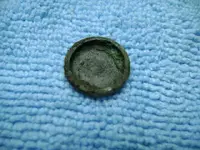 button find 025.webp43.7 KB · Views: 264
button find 025.webp43.7 KB · Views: 264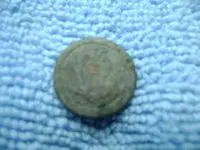 button find 026.webp22.5 KB · Views: 259
button find 026.webp22.5 KB · Views: 259


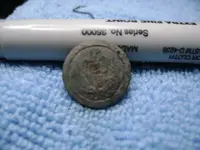
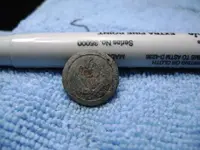
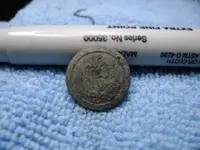
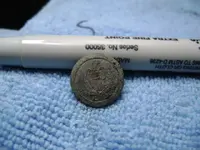
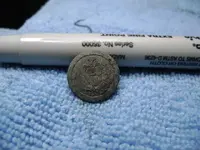
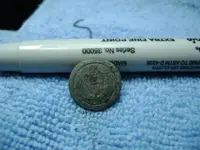
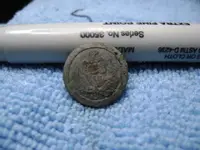


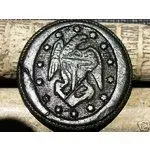
 I think they are cannons.
I think they are cannons.

